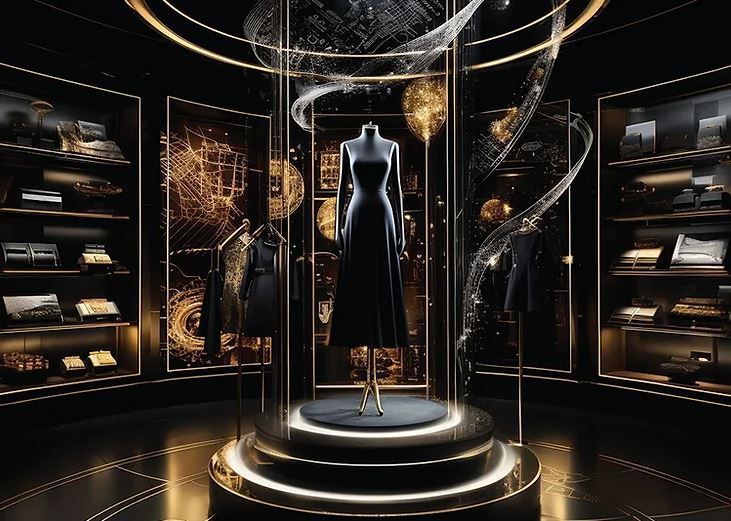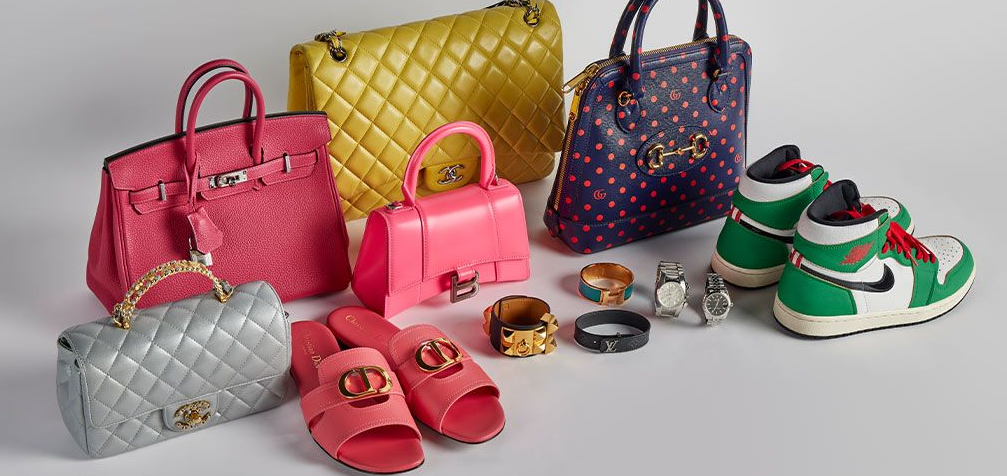Global Luxury Market Faces First Decline Since 2008: Key Trends and Future Outlook
Luxury Market Faces Challenges Amid Economic Uncertainty

The global luxury goods market is experiencing a notable slowdown, with sales projected to decline by 2% in 2024. This marks the first contraction since the 2008-09 financial crisis, excluding the pandemic period.
Economic Pressures and Consumer Behavior
Rising prices and economic uncertainties have led to a shrinking customer base, particularly in China, where luxury sales have dropped by 20-22%. This downturn is attributed to decreased purchasing power among consumers and a shift towards experiential spending over material goods.
Shift Towards Experiential Luxury
Despite the decline in personal luxury goods, spending on luxury experiences such as hospitality and fine dining is on the rise. Consumers are favoring experiences over products, prompting brands to adapt their strategies accordingly.
Outlet Channels Gaining Popularity
In response to changing consumer behavior, many luxury brands are turning to outlet channels. These outlets have outperformed traditional luxury stores as consumers seek better value for their money.
Future Outlook
Looking ahead, the luxury market is expected to face a slightly improving context throughout 2025, though this is highly dependent on unfolding macroeconomic scenarios in key regions. Brands will need to rethink their value propositions, emphasizing creativity and personalized customer connections to navigate these challenges successfully.
Adapting to New Consumer Expectations
Luxury brands are now tasked with redefining their strategies to meet the evolving demands of their clientele. As sustainability and authenticity gain traction, consumers increasingly prioritize brands that align with their values. The integration of technology, such as AI-driven personalization and virtual shopping experiences, is also becoming crucial for staying competitive.
Additionally, the younger generation of affluent consumers, particularly Gen Z, is reshaping the market by favoring unique, limited-edition pieces and ethical luxury. Brands that innovate while maintaining exclusivity and heritage are likely to thrive in this challenging landscape.
While 2024 presents hurdles, it also offers opportunities for transformation. Those brands that adapt swiftly and focus on building deeper connections with their consumers will lead the way into a more resilient luxury market in 2025 and beyond.



